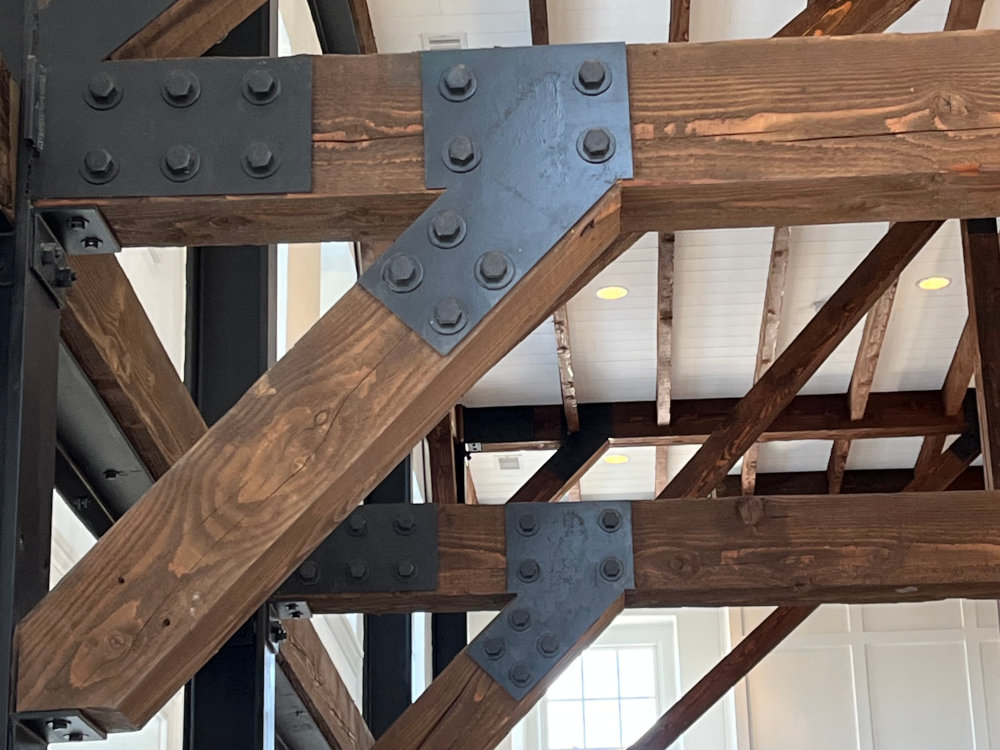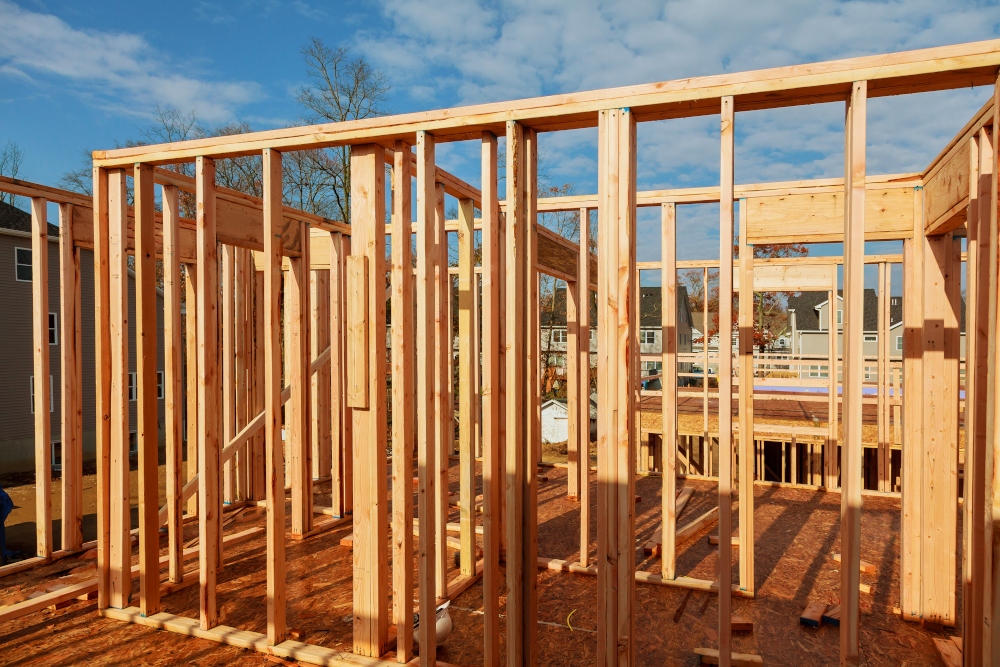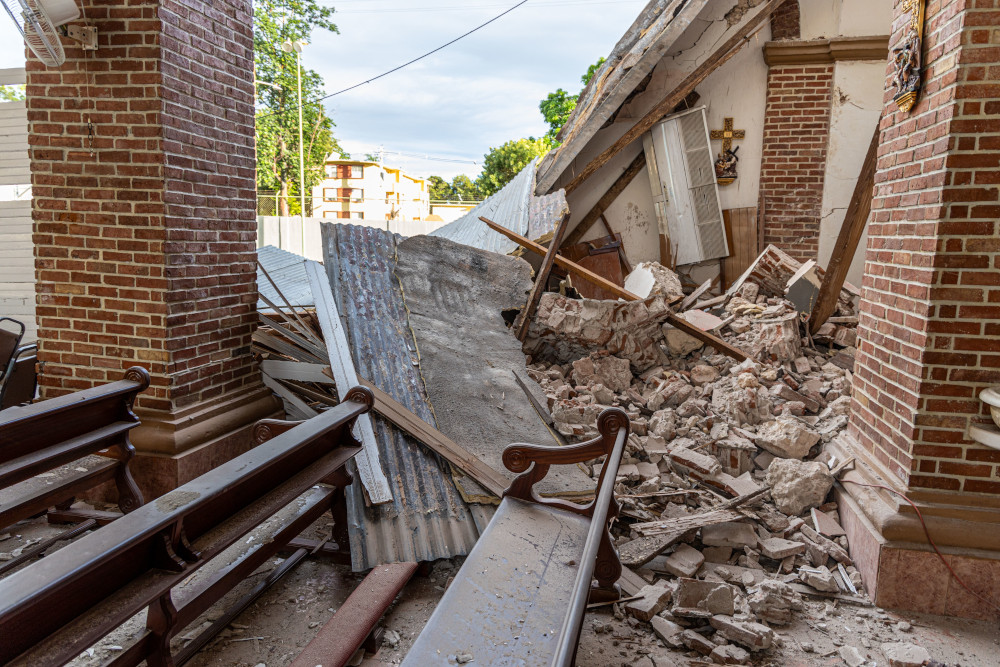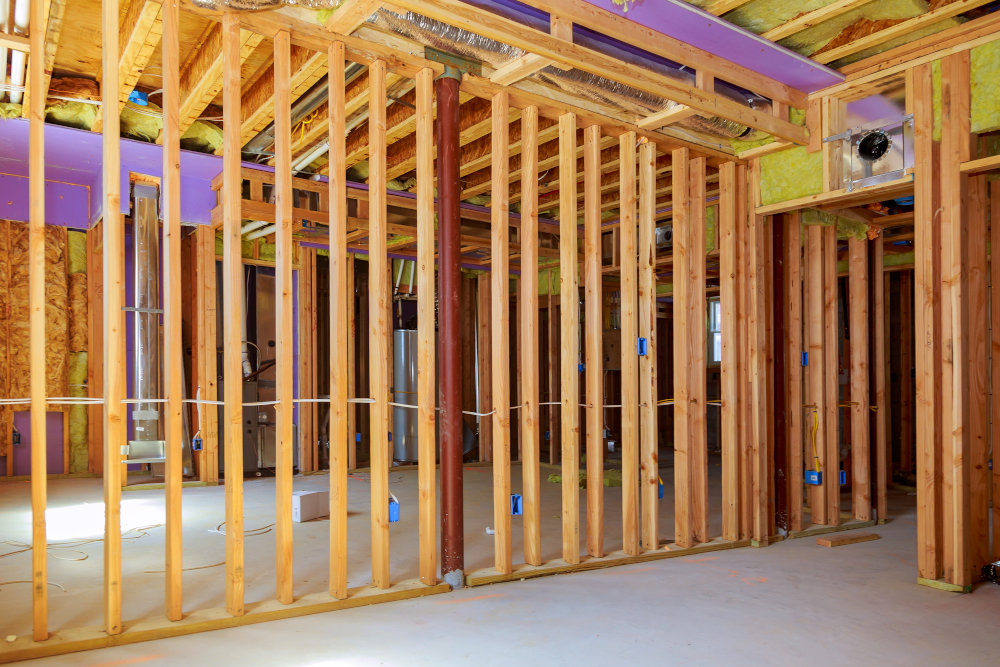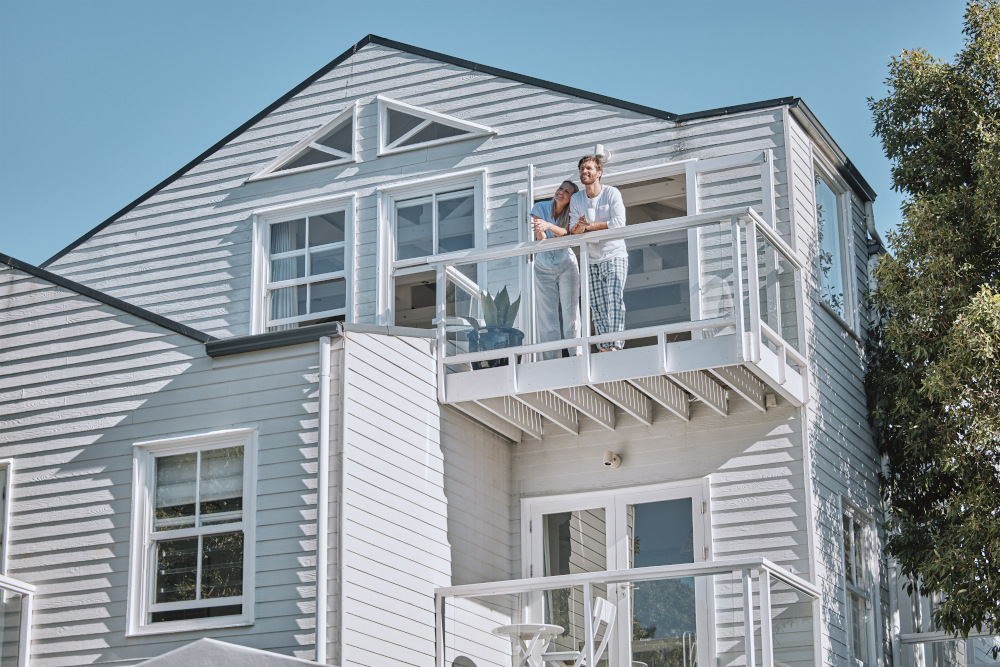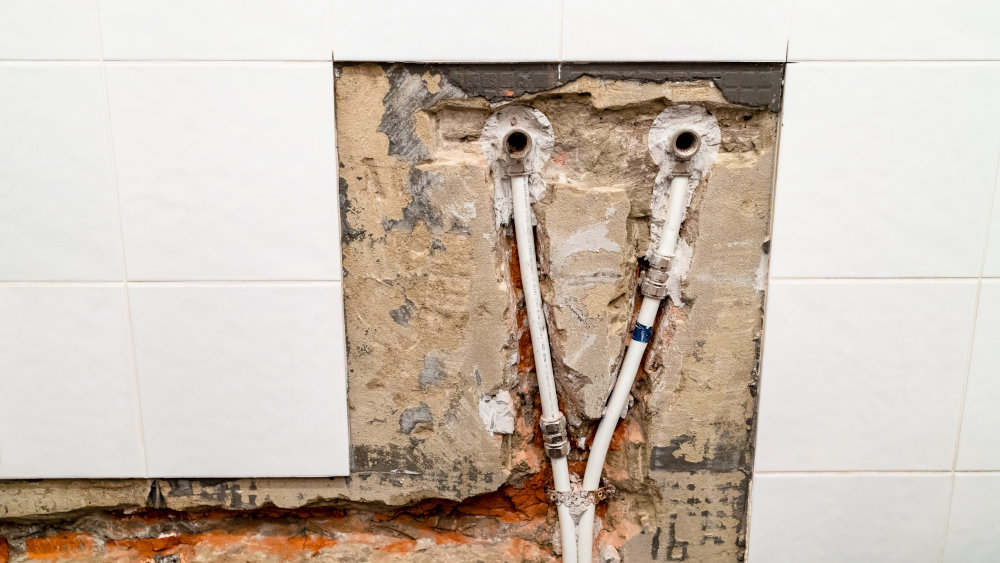A knee brace is a diagonal structural component used in wood framing to enhance the stability and load-bearing capacity of a building. Typically, knee braces are short braces typically placed in corners and are almost always positioned at a 45-degree angle, rather than spanning the full height of the structure. They are installed between vertical and horizontal members—such as posts and beams—to resist lateral forces like wind and seismic loads. These braces are often visible in traditional wood-framed structures, particularly in porches, barns, and open-frame designs, but they can also be concealed depending on the architectural style.
Purpose of Knee Braces
The primary purpose of knee braces is to resist lateral loads and improve the overall rigidity of a structure. By connecting perpendicular members with a diagonal brace, they distribute forces evenly and prevent excessive sway or deformation. In wood-framed structures, this functionality is critical. Additionally, knee braces can reduce the reliance on alternative shear-resisting systems like shear walls, making them a versatile option for certain designs.
Benefits of Using Knee Braces
- Improved Structural Stability: Knee braces enhance the lateral stiffness of the frame, minimizing the risk of structural failure.
- Cost-Effective Solution: Compared to shear walls or moment frames, knee braces can often be implemented at a lower cost in smaller structures.
- Architectural Appeal: Exposed knee braces contribute to the aesthetics of traditional or rustic designs, adding visual interest while serving a functional purpose.
- Simplified Installation: Knee braces can be installed with standard tools and require less specialized labor than some alternative systems.
Costs of Knee Braces
The cost of installing knee braces varies based on the material, size, and complexity of the project. For basic wood knee braces, materials and labor might range from $50 to $150 per brace, depending on regional labor rates and timber quality. Larger, custom-designed braces or those requiring specialized finishes may increase costs.
However, it is important to consider the overall savings that knee braces may provide by reducing the need for additional structural elements, such as reinforced shear walls or heavy-duty connectors.
Alternatives to Knee Braces
While knee braces offer many advantages, alternative methods may be more suitable depending on the specific project requirements:
- Shear Walls: These provide a continuous vertical plane of lateral resistance but do require more material and impact architectural layouts.
- X-Braces or Cross Bracing: Similar to knee braces but extend diagonally across an entire bay, providing enhanced stability in larger frames.
- Moment Frames: A system of rigid connections between beams and columns that can resist bending forces, often used in modern designs. These can only be achieved using steel members.
- Hidden Connectors: Advanced steel connectors embedded within the frame offer an unobtrusive solution but are generally more expensive, and do not always provide lateral stability.
Other Considerations
When choosing knee braces, several factors should be taken into account:
- Building Codes: Ensure compliance with local building regulations that may dictate the size, placement, and allowable materials for knee braces.
- Material Selection: High-quality wood, such as pressure-treated timber, ensures durability and resistance to environmental factors like moisture and pests.
- Load Requirements: Assess the lateral forces that the structure will encounter to determine the necessary dimensions and spacing of the braces.
- Architectural Impact: For exposed designs, select a style and finish that aligns with the building’s overall aesthetic.
Takeaways
Knee braces play a vital role in wood framing by ensuring structural stability and resisting lateral forces. Their cost-effectiveness, ease of installation, and architectural versatility make them a valuable option for many building designs. However, alternatives like shear walls, moment frames, and cross-bracing should be considered for projects with unique requirements. By understanding the purpose, benefits, and costs of knee braces, builders and architects can make informed decisions that balance functionality, budget, and design.

